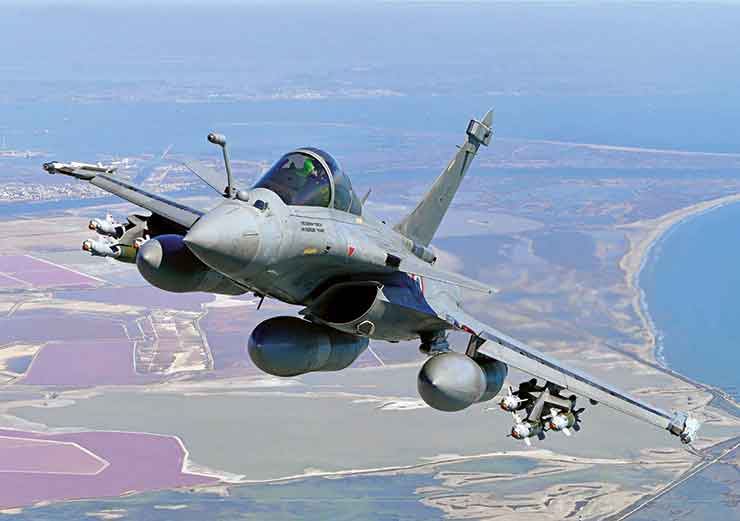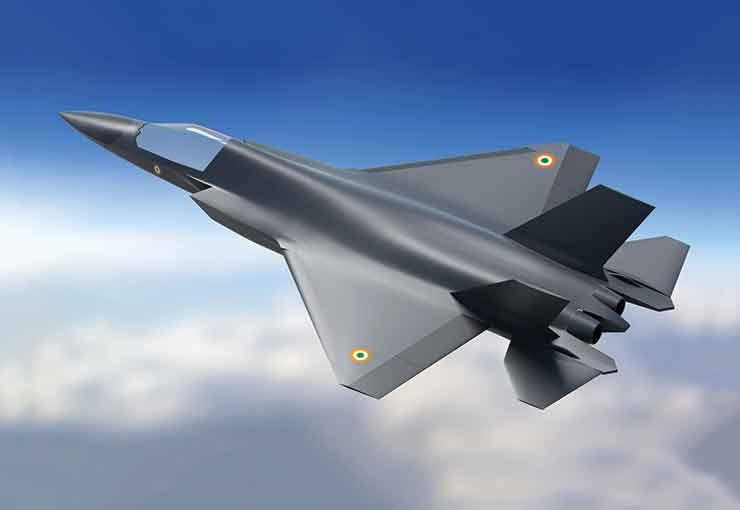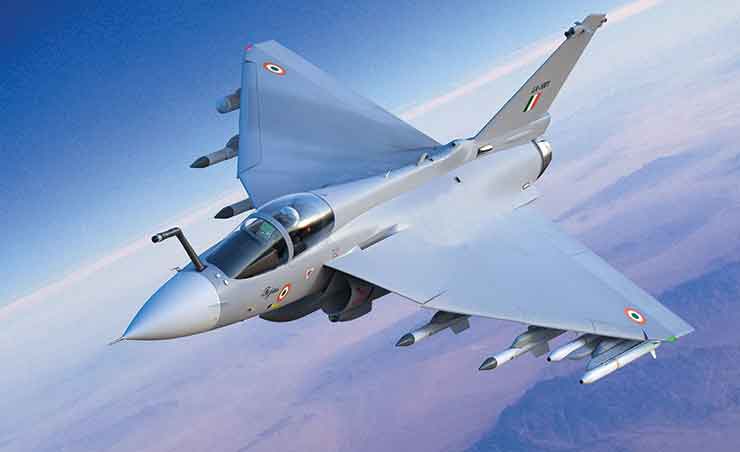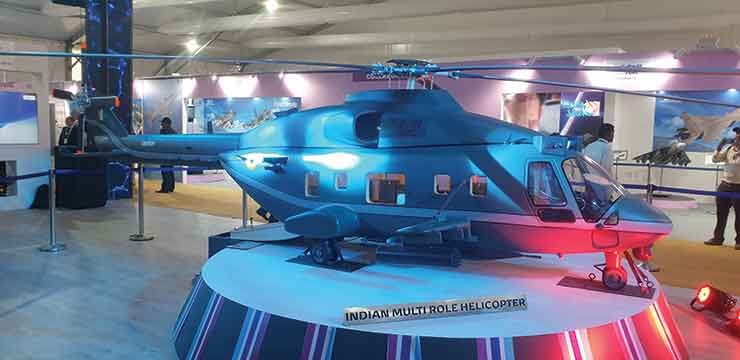
As India is all set to celebrate its 75th Republic Day, a few days from now, French President Emmanuel Macron will grace the occasion as the chief guest. It will be the sixth time a French President will be the chief guest on India’s Republic Day, underscoring the importance of France as India’s significant strategic partner. This is also the 25th anniversary of the India-France strategic partnership. Some see the invitation to Macron as reciprocity for the honour given to the Indian prime minister as the chief guest on France’s Bastille Day in July last, even though the invitation to the French President was extended after the unsuccessful attempt to bring the US President Joe Biden. Notwithstanding all this, it is well-recognised that India and France share a robust strategic partnership, underscored by the commonality in the two countries’ culture of pursuing strategic autonomy and sovereign decision-making in global affairs. Dominated by the strong cooperation in defence, nuclear, and space sectors, there is considerable expectation of major defence deals during this visit.
The primary Indian expectation revolves around acquiring more Rafale fighter jets for the Indian Air Force and the Indian Navy. The Defence Acquisition Council had cleared last year the acquisition of 26 Rafale-M jets for the Indian Navy along with the construction of three more Scorpene submarines before the state visit of Prime Minister Narendra Modi to France in July 2023. While the media announced the deals as finalised, the joint statement left out the two, indicating much work and negotiations were still needed. Subsequently, the Indian Navy announced the choice of Rafale M over the F-18 Super Hornet for the two aircraft carriers, INS Vikrant and INS Vikramaditya.
Meanwhile, the IAF’s long-pending case for the acquisition of 114 MRFA (a renaming of the earlier cancelled MMRCA programme – essentially semantics) has been fast-tracked for the government’s decision. Given the fact that the IAF is already operating the 36 Rafale jets, the French are likely to push India hard to decide in favour of the Rafale for both requirements for reasons of commonality, ease of maintenance, and cost-effectiveness, as performance is already a well-settled factor. Other cases likely on the table are the contract for three additional Scorpene submarines to be produced by the Mazagon Dockyards and the French proposal for the co-development of the aero-engine for the AMCA.
India and France share a robust strategic partnership, underscored by the commonality in the two countries’ culture of pursuing strategic autonomy and sovereign decision-making in global affairs
There is considerable convergence in the worldviews of both France and India. The national leadership of France, acutely aware of the emerging American-dominated post-1945 world, worked hard to ensure France’s strategic autonomy primarily through economic and technological independence and a solid export-oriented arms industry. France has been the only Western country that has displayed a mature understanding of India’s fierce guarding of its strategic autonomy and has supported India’s position on varied issues ranging from the nuclear tests in 1998 to the ongoing Russia-Ukraine war.

These factors have enabled a robust growth of strategic, defence, and industrial collaborations and partnerships. France is a significant source of FDI in India, with over 1,000 French establishments already present in the country. More than any other country, France understands that mastery over critical technologies is the crux of its strategic autonomy. Similarly, India’s strategy for technology sovereignty is rooted in its national interests and eliminating critical dependencies and vulnerabilities.
Regarding the transfer of technology and access to critical technologies, India knows that France is as difficult a country as the USA to part with technology. Both countries will sell their weapon systems and products, including high-quality product support, but with little access to design knowledge. Joint ventures are primarily licensed production almost entirely for the Indian defence market and with minimal access to the global supply chain for Indian manufactured products and accessories.
Successful co-development ventures are primarily in the area of IT-enabled engineering solutions. Despite this, India-France collaborations rest on a solid foundation of trust and reliability. A primary reason for this is France’s reliable track record of honouring contracts religiously and not letting any geopolitical issues interfere. That cannot be said of the USA, even though it has become the biggest defence equipment supplier in the last 16 years, scaling USD 22 billion. There is always an element of uncertainty in Indian minds that the USA can pull the plug anytime for its geopolitical interests.
The critical issue, however, is that India, unlike China, has been unable to leverage its substantial armament imports over the years, including from France. Notwithstanding this, India is now at a critical stage in its aerospace and defence capabilities. With the LCA-Tejas Mk1/1A well-established in series production with an order book of nearly 200 aircraft for the IAF and more numbers in possible exports, it is time to follow a robust and accelerated development strategy. France will undoubtedly push for additional Rafale aircraft orders. India must take a step back to rethink its aircraft procurements and instead focus on the rapid development and manufacture of the larger platforms, Tejas Mk 2/TEDBF and the AMCA.

The IAF has waited for more than two decades for its MMRCA. If the original 126 MMRCA procurement, where Rafale was the short-listed platform, had fructified in time (around 2012-14), India, by now, would have gained immensely through manufacture, value addition, and the growth of an Indian aerospace ecosystem. Not only would the IAF have had a more significant number of state-of-the-art aircraft in its force structure, but also more importantly, the Indian industry would have been the most significant technology beneficiary.
More than any other country, France understands that mastery over critical technologies is the crux of its strategic autonomy. Similarly, India’s strategy for technology sovereignty is rooted in its national interests and eliminating critical dependencies and vulnerabilities
Unfortunately, this was not to be. Off-the-shelf procurements do not help indigenous industry development. It only addresses urgent combat capability requirements of the military. The earlier procurement of 36 Rafale aircraft falls in this category, and so will the proposed procurement of the 26 Rafale Ms for the Indian Navy. IAF’s requirement of 114 MRFA will be a process that will take many years despite all efforts to make the notorious procurement process more efficient. While the 26 naval version of Rafales will likely cost around USD 6 billion, the MRFA may exceed USD 20 billion, a considerable cost to the exchequer.
Maybe leveraging the India-France strategic partnership better through collaborations and co-development is wiser. Tejas Mk 2 for the IAF and the Twin-Engine Deck-Based Fighter (TEDBF) for the Indian Navy are planned to be in the Rafale category. Clearly, these two platforms, building on the Tejas Mk 1/1A experience, will form the backbone of the IAF and the Indian Navy’s fighter arms in the following decades.
A combined production run of at least 500 aircraft is a distinct possibility. This experience will also help accelerate the next-generation platform, AMCA. Having lost many years because of the inefficient procurement process, it is now prudent to focus on the accelerated development of these platforms. As a partner in these projects, France could be of considerable help in achieving this objective. Unlike in the past, France must become a stakeholder in the success of these projects.

Similarly, achieving full capability in designing, developing, and manufacturing aero-engines is of utmost importance and a critical strategic necessity for India. Aeroengine capability is a complex challenge and remains the ultimate objective for any nation aspiring to be a great power. China, flying its indigenous engines on some platforms, still finds them sub-optimal despite more than 50 years of intense struggle. While creditable work has been done in the Kaveri engine project, it was incomplete and had to be shut down after three decades of work. All is not lost, as an enormous database is now available for further research and development.
India has signed a contract with American General Electric for the licensed manufacture of 90 GE 414 engines, France’s Safran has offered to partner in the co-development of the next-generation engine
While India has signed a contract with American General Electric for the licensed manufacture of 90 GE 414 engines, France’s Safran has offered to partner in the co-development of the next-generation engine. This is a significant offer and probably comes from the wisdom of a failed attempt at a JV with GTRE earlier. In 2007, Snecma offered a JV with India’s GTRE to address the gaps in Kaveri engine development and ensure the completion of the Kaveri project. Though actually, it was a hidden offer where the Kaveri core engine was to be replaced with the Snecma engine core, thus making it virtually a licensed production project. Government of India saw through it, and the offer was rejected. Safran’s current offer is an ab initio engine project to be developed jointly for Indian and French requirements. Safran is already in a JV with HAL to develop a helicopter engine for the IMRH project.

President Macron’s visit could be turned into a historic strategic partnership milestone if France can become a strategic investor and stakeholder in the success of India’s aerospace capability. France’s assistance could accelerate the development of Tejas Mk2 and TEDBF in a short timeframe of five to six years and enter series production. The AMCA, coming later, could cap the two countries’ efforts. Such an approach will effectively ensure India will not need to import any more fighter aircraft in the future. Naturally, business houses will want a straightforward procurement order without the complexity of strategic partnership. It’s time India moves away from these routine procurement patterns, masquerading as signs of strategic partnership. India’s national interests will be better served with a radically different approach to engaging our closest partners in a win-win situation of building India’s joint aerospace ventures in co-design, co-development, and manufacturing for the world.
–The writer is a former Deputy Chief of Integrated Defence Staff for Policy, Plans, & Force Development (DCIDS – PP & FD). He is currently the President of The Peninsula Foundation, a Chennai-based public policy research think tank. The views expressed are of the writer and do not necessarily reflect the views of Raksha Anirveda















